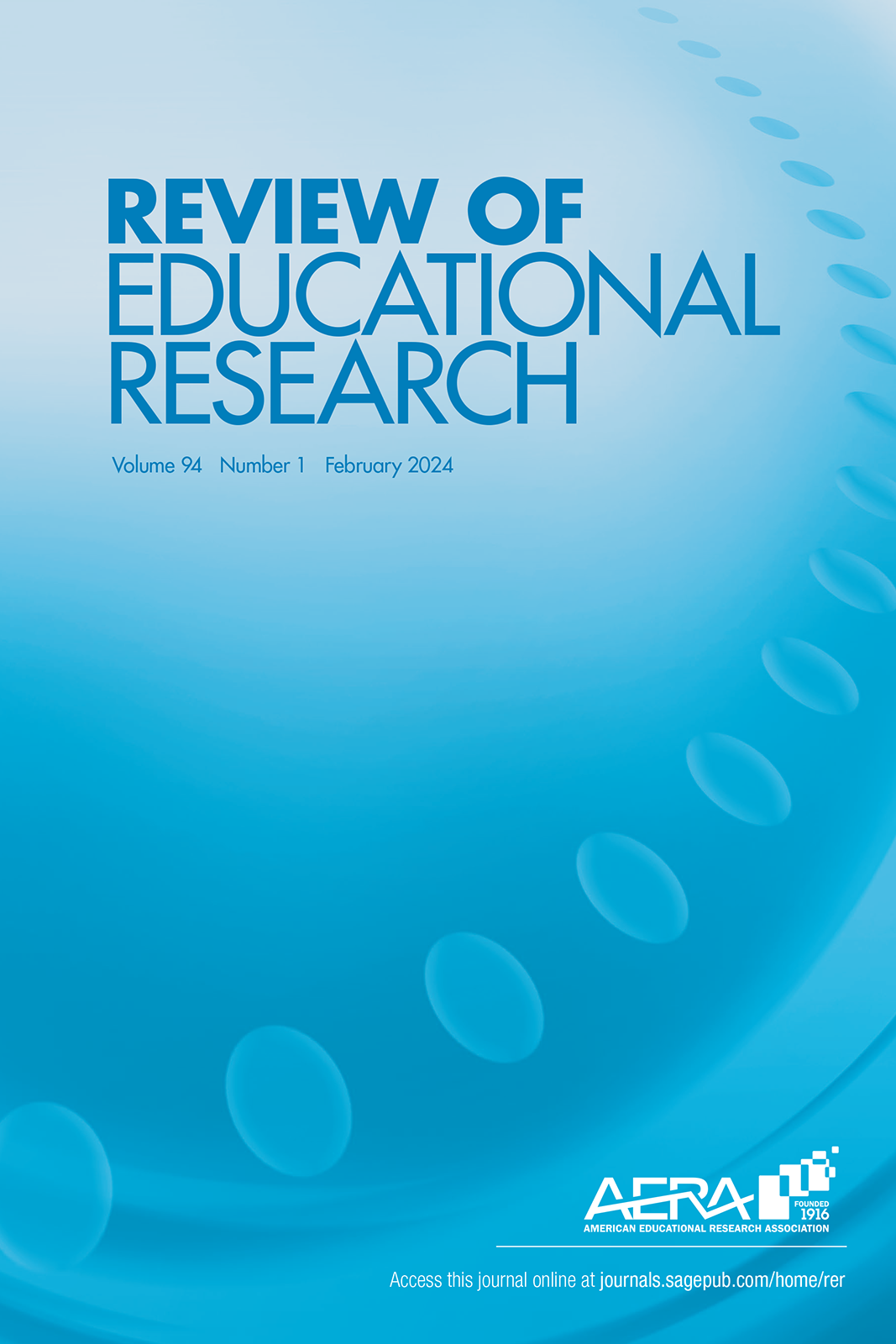When Problem Solving Followed by Instruction Works: Evidence for Productive Failure
IF 7.4
1区 教育学
Q1 EDUCATION & EDUCATIONAL RESEARCH
引用次数: 50
Abstract
When learning a new concept, should students engage in problem solving followed by instruction (PS-I) or instruction followed by problem solving (I-PS)? Noting that there is a passionate debate about the design of initial learning, we report evidence from a meta-analysis of 53 studies with 166 comparisons that compared PS-I with I-PS design. Our results showed a significant, moderate effect in favor of PS-I (Hedge’s g 0.36 [95% confidence interval 0.20; 0.51]). The effects were even stronger (Hedge’s g ranging between 0.37 and 0.58) when PS-I was implemented with high fidelity to the principles of Productive Failure (PF), a subset variant of PS-I design. Students’ grade level, intervention time span, and its (quasi-)experimental nature contributed to the efficacy of PS-I over I-PS designs. Contrasting trends were, however, observed for younger age learners (second to fifth graders) and for the learning of domain-general skills, for which effect sizes favored I-PS. Overall, an estimation of true effect sizes after accounting for publication bias suggested a strong effect size favoring PS-I (Hedge’s g 0.87).在指导下解决问题是否有效:生产失败的证据
在学习新概念时,学生应该先解决问题后指导(PS-I)还是先指导后解决问题(I-PS)?注意到关于初始学习的设计存在激烈的争论,我们报告了53项研究的荟萃分析证据,其中166项比较了PS-I和I-PS设计。我们的结果显示,PS-I具有显著的中等效应(Hedge 's g 0.36[95%置信区间0.20;0.51])。当PS-I以高保真度实现生产性失败(PF)原则(PS-I设计的一个子集变体)时,效果甚至更强(Hedge 's g介于0.37和0.58之间)。学生的年级水平、干预时间跨度及其(准)实验性质对PS-I比I-PS设计的效果有影响。然而,在年龄较小的学习者(二年级至五年级)和领域通用技能的学习中观察到相反的趋势,其效应量倾向于I-PS。总的来说,考虑到发表偏倚后对真实效应量的估计表明,PS-I的效应量很强(Hedge’s g 0.87)。
本文章由计算机程序翻译,如有差异,请以英文原文为准。
求助全文
约1分钟内获得全文
求助全文
来源期刊

Review of Educational Research
EDUCATION & EDUCATIONAL RESEARCH-
CiteScore
24.10
自引率
2.70%
发文量
28
期刊介绍:
The Review of Educational Research (RER), a quarterly publication initiated in 1931 with approximately 640 pages per volume year, is dedicated to presenting critical, integrative reviews of research literature relevant to education. These reviews encompass conceptualizations, interpretations, and syntheses of scholarly work across fields broadly pertinent to education and educational research. Welcoming submissions from any discipline, RER encourages research reviews in psychology, sociology, history, philosophy, political science, economics, computer science, statistics, anthropology, and biology, provided the review addresses educational issues. While original empirical research is not published independently, RER incorporates it within broader integrative reviews. The journal may occasionally feature solicited, rigorously refereed analytic reviews of special topics, especially from disciplines underrepresented in educational research.
 求助内容:
求助内容: 应助结果提醒方式:
应助结果提醒方式:


